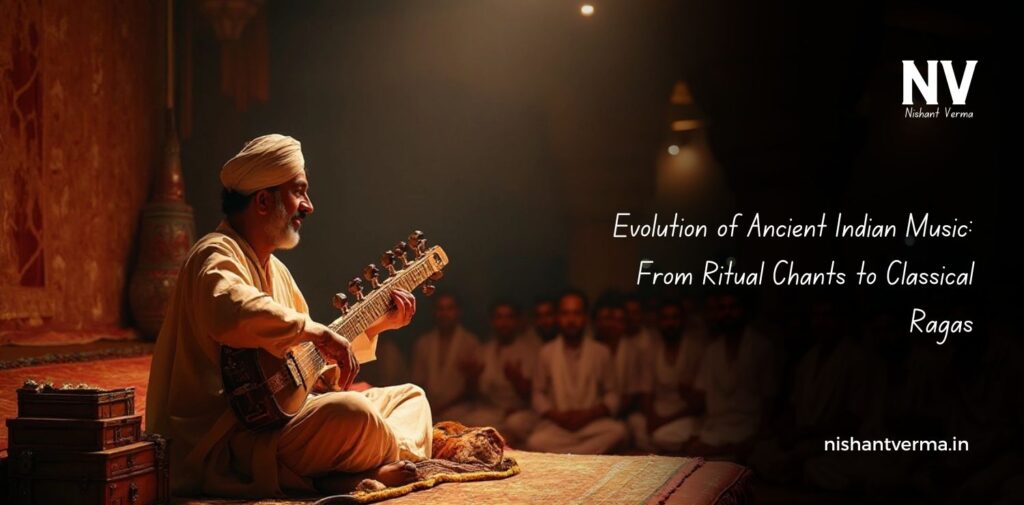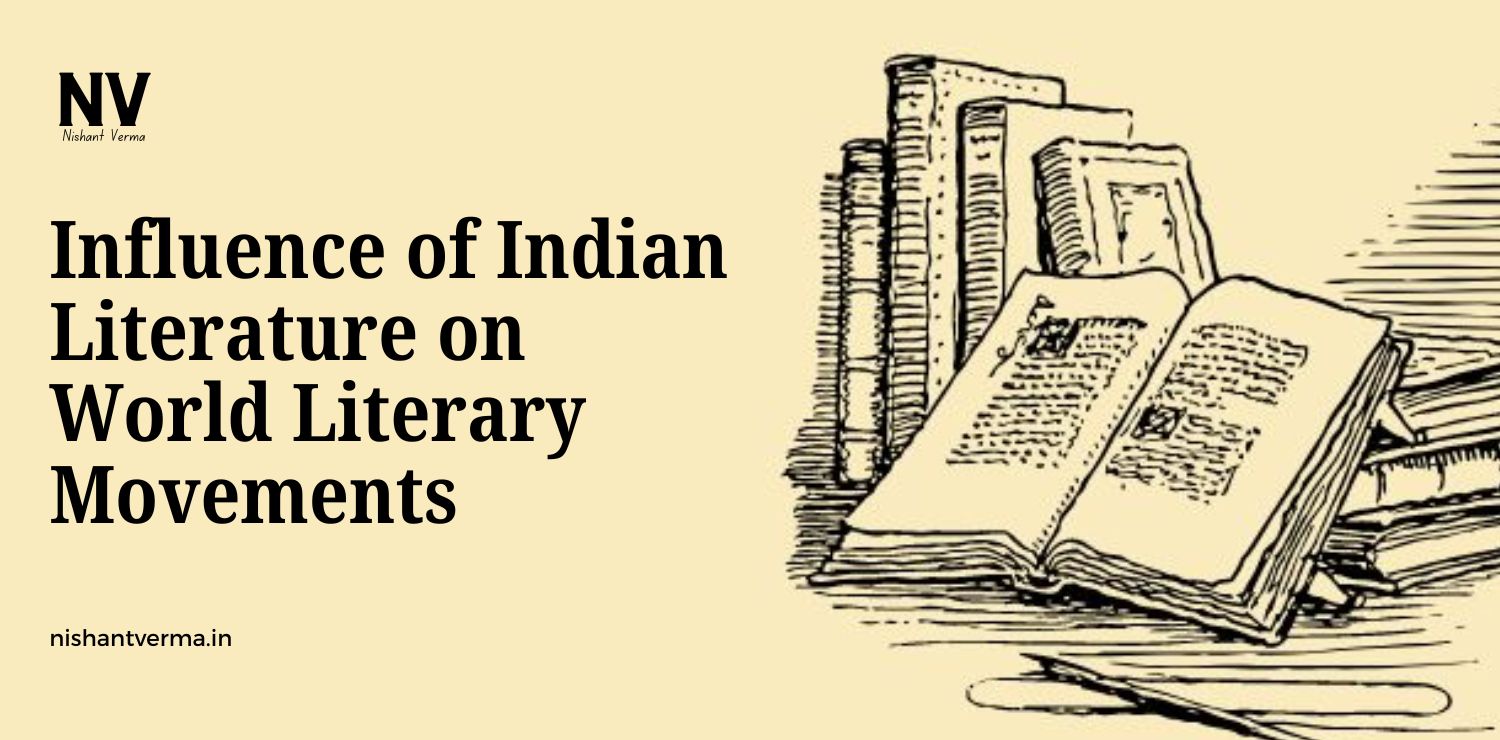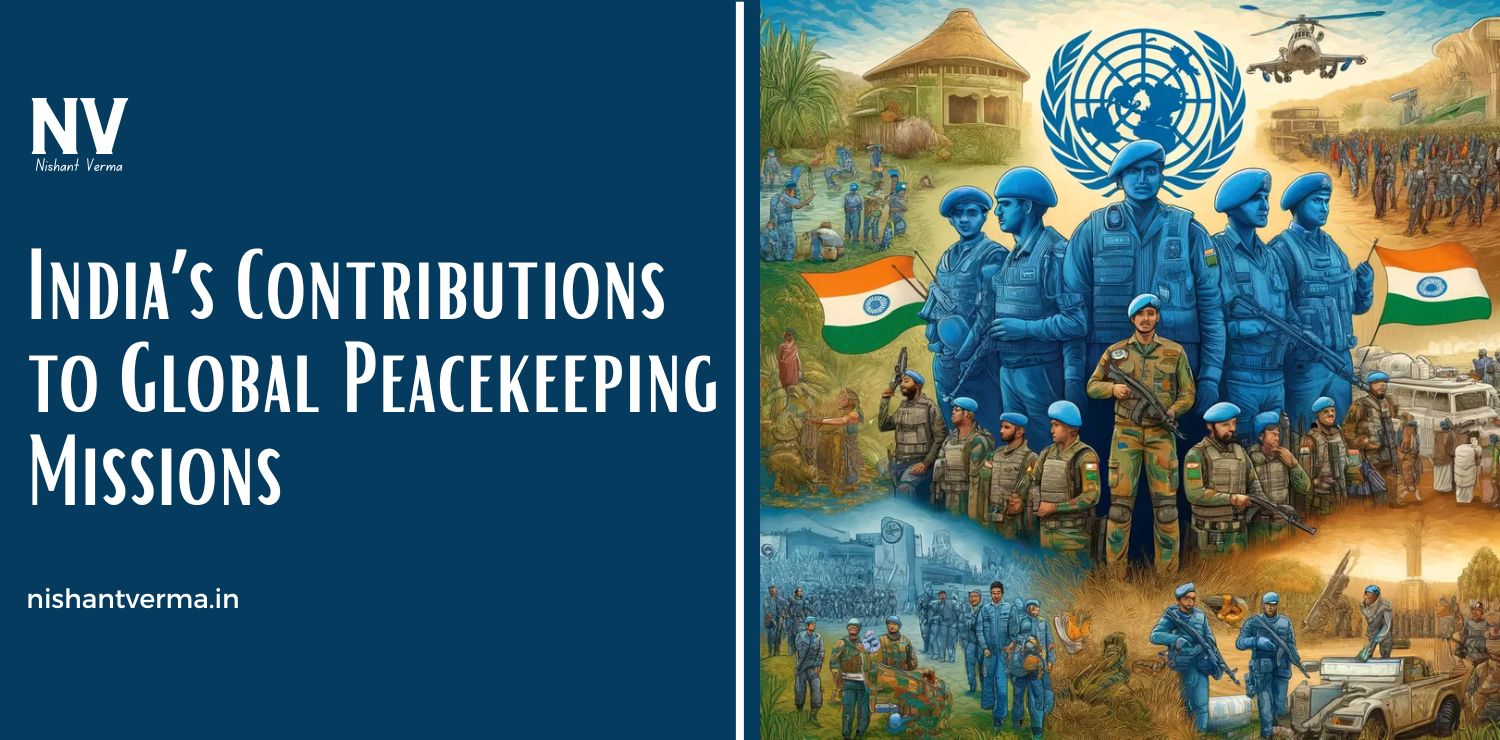Indian music is one of the oldest and most diverse musical traditions in the world. Its roots stretch back thousands of years, evolving from ritualistic chants used in religious ceremonies to the sophisticated and intricate system of classical ragas we recognize today. This journey from early vocal recitations to the complex structures of ragas not only reflects the spiritual and philosophical depth of India but also the creativity and intellectual richness of its culture. The development of Indian music is closely tied to the country’s history, religious practices, and societal changes, making it a unique and evolving art form.
The Beginnings of Indian Music: Ritualistic Chants
The origins of Indian music can be traced back to the Vedic period, around 1500 BCE, with the chanting of hymns and mantras in the sacred texts known as the Vedas. These chants were not merely a form of worship but were believed to carry divine power, connecting the human soul with the cosmic forces. Music in this era was deeply spiritual, and its purpose was to invoke the gods, create a sense of tranquility, and align the mind and soul with the rhythms of the universe.
The Rigveda, one of the oldest scriptures in the world, contains hymns that were originally sung in a highly stylized and melodic form. These hymns, known as sāman, were set to specific musical tones and were used in rituals performed by priests. This early form of music was primarily vocal and was recited or sung in a manner that was more about rhythm and intonation than melody. The chant itself was considered sacred, and its accuracy and pronunciation were of utmost importance. The sāman chants, though simple in structure, laid the foundation for later developments in Indian classical music.
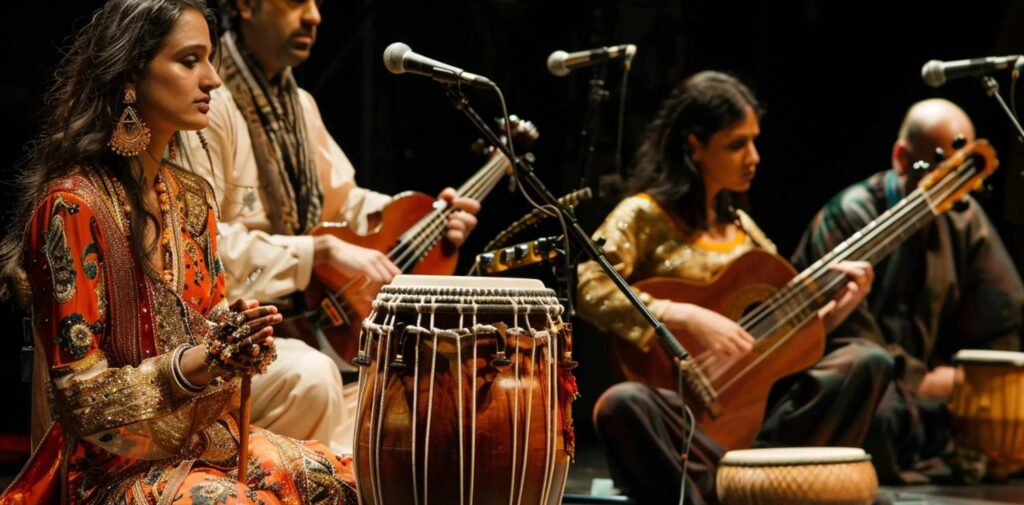
During the Vedic period, instruments like the veena (a stringed instrument) and the mrdangam (a type of drum) were also introduced, though music was still mainly vocal and used in religious rituals. These early forms of music were also an essential part of daily life and cultural practices, making music an intrinsic part of Indian society even from the very beginning.
The Development of Indian Music Through the Ancient Texts
As centuries passed, Indian music evolved with greater complexity, influenced by both philosophical thought and changes in social structure. The ancient texts such as the Natya Shastra, attributed to the sage Bharata, written around 200 BCE to 200 CE, played a significant role in shaping the course of Indian music. The Natya Shastra is a comprehensive treatise on performing arts, including drama, dance, and music. It laid down the foundation for understanding the theory of music in India by discussing musical modes (called ragas), rhythms (called talas), and the emotional and psychological impact of music on listeners.
The Natya Shastra categorized music into different forms and specified the seven notes of the Indian musical scale (sa, re, ga, ma, pa, dha, ni), known as saptak in Indian music theory. These notes are similar to the Western solfege system (do, re, mi, fa, sol, la, ti) and form the building blocks of Indian classical music. This marked a significant development from the simple chanting of Vedic hymns to a more structured system of melody and rhythm.
By this time, music was no longer limited to ritual chants but had begun to evolve into a form of art enjoyed by the royal courts and society at large. Indian musicians began to experiment with these notes and develop melodic patterns, creating the foundations of ragas, which are central to Indian classical music today. The evolution from ritual chants to musical compositions was a gradual process, shaped by the creative and philosophical thinking of the time.

The Rise of Classical Music: The Birth of Ragas
By the time of the Gupta Empire (approximately 4th to 6th century CE), Indian classical music had begun to take a more formalized shape. The development of ragas—melodic frameworks that form the core of classical music—became a key feature of this transformation. Unlike Western music, which uses a fixed set of scales, ragas are more fluid and complex, with specific rules about how each note is approached, how it is ornamented, and how it interacts with the rhythm.
The term raga literally means “color” or “mood,” and it is meant to evoke a specific emotional response in the listener. Each raga is associated with a particular time of day, season, and mood. For example, Raga Yaman is typically performed in the evening and conveys a mood of serenity, while Raga Bhairav is performed in the morning and evokes a mood of devotion. The intricate system of ragas thus reflects the deep connection between music, emotion, and time.
In the early stages of classical music, the ragas were primarily vocal compositions, sung in temples and royal courts. Over time, instrumental music also began to evolve, with instruments like the sitar, sarod, and tabla becoming integral parts of the performance. The practice of improvisation became an essential feature of Indian classical music, with musicians expanding upon the raga through elaborate improvisational performances that demonstrated their virtuosity and emotional expression.
The Influence of Bhakti Movement and Devotional Music
During the medieval period, roughly from the 7th century onwards, the Bhakti movement had a profound impact on Indian music. This movement, which emphasized personal devotion to God, particularly through song and dance, led to a significant shift in musical practices. Saints and poets such as Kabir, Mirabai, and Tulsidas composed devotional hymns known as bhajans and kirtans, which were sung in praise of the divine. These devotional songs often featured simple melodies and rhythms, making them accessible to the general public.
The Bhakti movement’s emphasis on accessibility in worship helped broaden the scope of Indian music. While classical music remained the domain of the elite and royal courts, devotional music became a widespread form of expression for the masses. The songs were often performed in temples, but also in the streets and homes of ordinary people. This created a fusion of classical and folk traditions, enriching the musical culture of India and adding new layers of complexity to its evolution.
The Mughal Influence and the Fusion of Cultures
The arrival of the Mughal Empire in the 16th century brought about a significant fusion of Persian, Central Asian, and Indian musical traditions. The Mughal rulers, particularly Emperor Akbar, were great patrons of the arts, and under their rule, Indian classical music experienced new influences and innovations. The blending of Persian music with Indian ragas led to the development of khayal—a form of vocal music that became one of the most important genres in North Indian classical music.
In addition to khayal, other forms of music such as dhrupad (a more ancient form of classical music) continued to thrive. The Mughal period also saw the rise of instrumental music, with the sitar and tabla becoming central to Indian classical music. The Mughal period was crucial in shaping the music of modern-day India, as it integrated Persian influences with the traditional Indian system of ragas and talas, creating a unique and enduring musical tradition.
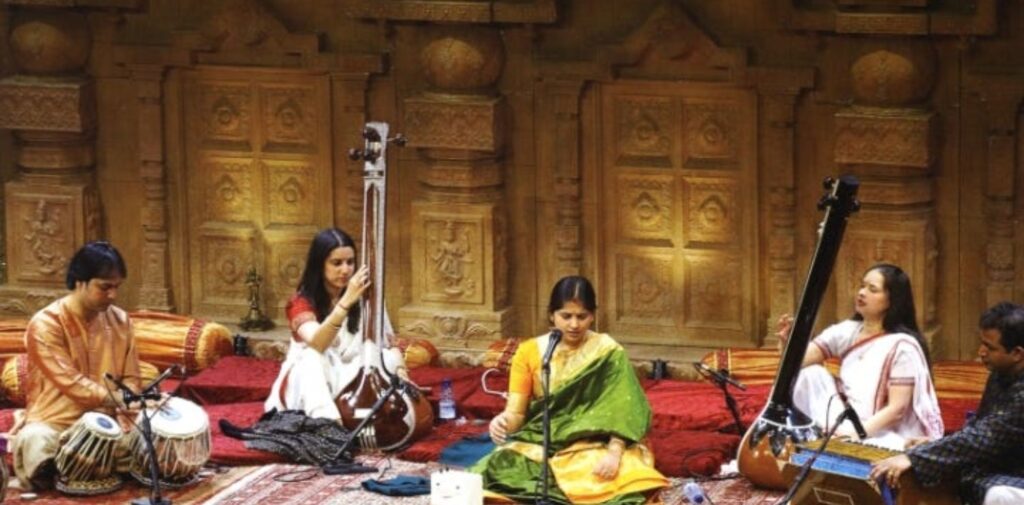
The Modern Evolution of Indian Music
The evolution of Indian music continued into the 19th and 20th centuries with the rise of prominent musicians and the development of new forms of music, such as film music and light classical music. The arrival of the recording industry also played a significant role in preserving and spreading Indian music to a global audience. Musicians like Ravi Shankar (sitar) and Lata Mangeshkar (vocalist) brought Indian classical and film music to international audiences, bridging the gap between traditional and modern musical forms.
Today, Indian classical music is performed across the world, with both Hindustani (North Indian) and Carnatic (South Indian) traditions thriving. While the form and style have evolved, the core principles of ragas, talas, and improvisation remain integral to Indian classical music. The classical music of India, enriched by its long history, continues to captivate audiences with its depth, complexity, and emotional power.
Conclusion
The evolution of Indian music, from the early Vedic chants to the intricate and sophisticated classical ragas, is a testament to the rich cultural and intellectual heritage of India. Music in India has always been more than just entertainment; it is a spiritual, philosophical, and emotional journey that connects the human soul with the cosmos. Over centuries, Indian music has continuously adapted and evolved, reflecting the changes in society, culture, and religion. Today, Indian classical music remains a profound and influential art form, continuing to inspire musicians and listeners alike, both in India and across the world.

